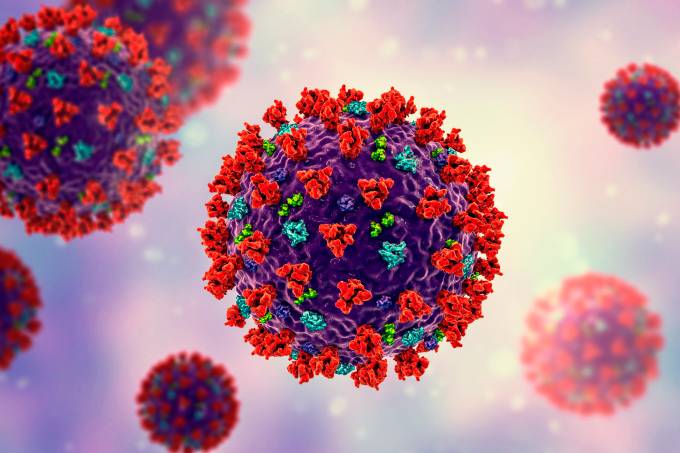Protocol Detail


HYPERKALAEMIA
Hyperkalemia is the medical term that describes a potassium level in your blood that's higher than normal. Potassium is a chemical that is critical to the function of nerve and muscle cells, including those in your heart. Your blood potassium level is normally 3.6 to 5.2 millimoles per liter (mmol/L).
Diagnosis
Usually asymptomatic until cardiac toxicity intervenes (arrhythmias, asystole!).
Occasionally presents with muscle weakness, confusion or respiratory paralysis.
All need an ECG.
ECG changes may include:
· Tall, peaked T-waves,
· Widened QRS complexes,
· Increased PR interval,
· Flattened P waves,
· Arrhythmias including asystole, Ventricular Tachycardia & Ventricuar Fibrillation.
Ensure the result is not an artifact from a haemolysed sample.
Causes:
· Increased total body stores:
o Renal failure,
o Hypoaldosteronism 9Addison’s Disease),
o Drugs,
o Excessive intake.
· Redistribution:
o Acidosis,
o Hyperkalaemic period paralysis,
o Rhabdomylisis,
o Heamosis.
· Drug induced:
o Potassium sparing diuretics (Spironolactone, Amiloride),
o Others (NSAID’s, ACE inhibitors, B-blockers, Aspirin).
Usually asymptomatic until cardiac toxicity intervenes (arrhythmias, asystole!).
Occasionally presents with muscle weakness, confusion or respiratory paralysis.
Management
Emergency treatment is required when the serum potassium is >7.0 mmol/1 or if there are ECG changes.
Mild-moderate hyperkalaemia (5.5-7.0 mmol/1):
· Identify & treat the cause as appropriate,
· Avoid potassium sparing or retaining drugs (sse above),
· Consider use of Calcium Resonium & Bicarbonate.
Severe hyperkalaemia (>7.0 mmol/1):
· Identify & treat the cause,
· Stop any potassium infusions or drugs causing potassium retention,
· Monitor closely,
· IV Calcium Gluconate:
o Start without delay. Protects the heart from arrhythmias by stabilizing the
myocardium,
o Has NO EFFECT on the potassium levels,
o 10mLs 10% over minutes,
o Repeat after 5 minutes if ECG changes haven’t improved,
o AVOID in patients on Digoxin (precipitates arrhythmias!). If you do use it administer it slowly & in low doses.
· Calcium Resonium:
o Cation exchange resin that removes excess potassium in exchange for calcium.
o Slow onset of action (2-12 hours),
o Give 15 g orally (or via NGT) QID (0.3-0.6 g/kg in children),
o If unable to use oral route 30 g can be given rectally.
· IV Insulin +/- glucose:
o Drive potassium into the cells,
o 10 units Actrapid Insulin with mLs of 50% glucose over minutes,
o Effective within 30-60 minutes.
· Sodium bicarbonate:
o Encourage movement of potassium into cells,
o Use when acidotic & HCO3 < 29mmol/1,
o 50-100 Mls 4.2% sodium bicarbonate IV,
o Effective within 30-60 minutes, Beware, rapid alkalinisation can cause Tetany by
lowering the ionized calcium.
· Consider Salbutamol, fludrocortisones & dialysis









